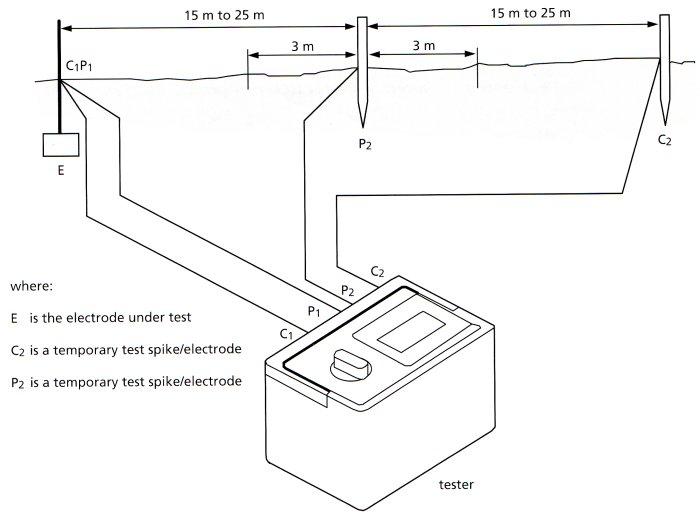No I think you are basing a diffence between 0.8 and 0.35 (0.45) ohms as a difference caused by the earthing via true earth thus enhancing the reading (lowering it).
This is not the case.
The declared values are expected maximums.
Around here about 0.25 is fairly average measured max value a lot of the time on either system.
The earth itself is not contributing very much in way of lowering the total.
To a small extent yes but not that much.
This is not the case.
The declared values are expected maximums.
Around here about 0.25 is fairly average measured max value a lot of the time on either system.
The earth itself is not contributing very much in way of lowering the total.
To a small extent yes but not that much.


